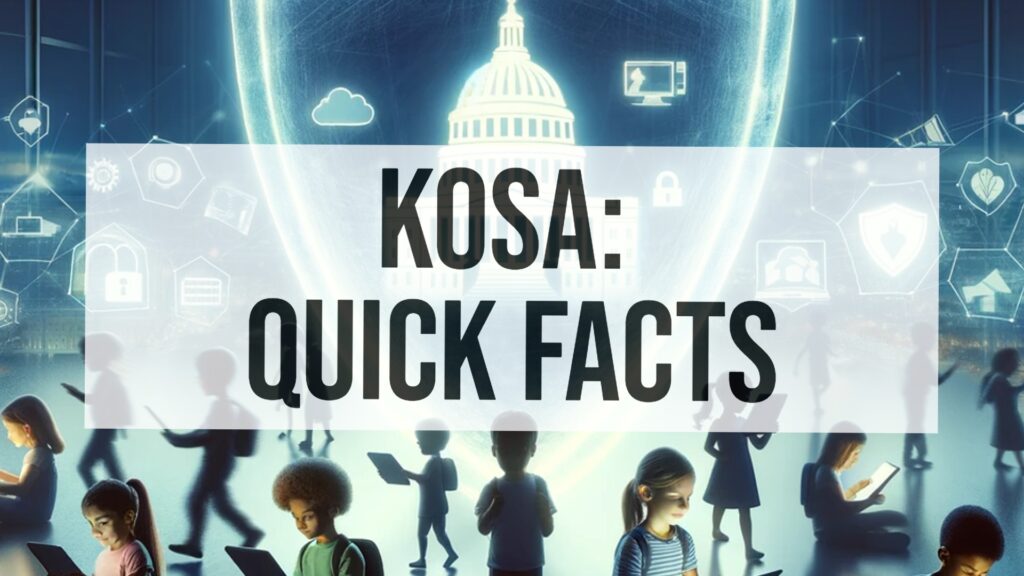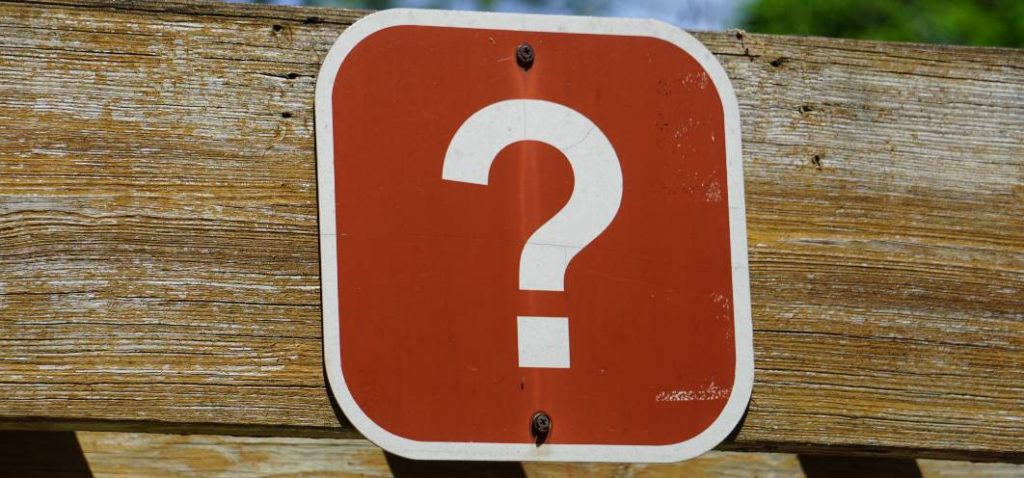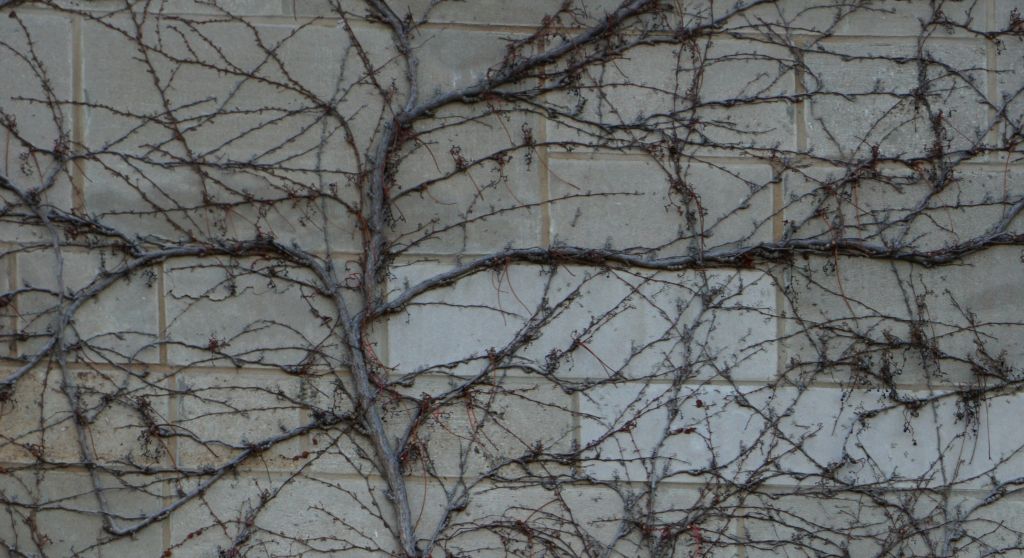
Plaintiffs asserted that defendant healthcare organization inadequately protected the personal and health information of visitors to defendant’s website. In particular, plaintiffs alleged that unauthorized third parties – including Meta – could intercept user interactions through the use of tracking technologies such as the Meta Pixel and Conversions API. According to plaintiffs, these tools collected sensitive health information and sent it to Meta. Despite defendant’s privacy policy claiming to protect user privacy and information, plaintiffs alleged that using defendant’s website caused plaintiffs to receive unsolicited advertisements on their Facebook accounts.
Plaintiffs sued, asserting a number of claims, including under the federal Electronic Communications Privacy Act (“ECPA”) and the California Invasion of Privacy Act (“CIPA”). Defendant moved to dismiss these claims. The court granted the motion.
To establish an ECPA claim, a plaintiff must demonstrate that defendant intentionally intercepted or attempted to intercept electronic communications using a device. CIPA similarly prohibits using electronic means to understand the contents of a communication without consent. Both laws have a “party exception” allowing a person who is a party to the communication to intercept it, provided the interception is not for a criminal or tortious purpose. In other words, there is an exception to the exception.
In this case, defendant argued it was a legitimate party to plaintiffs’ communications on a website, thus invoking the party exception. Plaintiffs countered that the exception should not apply due to defendant’s alleged tortious intent (making the information available to Facebook without disclosure to plaintiffs). But the court found that plaintiffs did not provide sufficient evidence that defendant’s actions were for an illegal or actionable purpose beyond the act of interception itself. Under the guidance of Pena v. GameStop, Inc., 2023 WL 3170047 (S.D. Cal. April 27, 2023), (a plaintiff must plead sufficient facts to support an inference that the offender intercepted the communication for the purpose of a tortious or criminal act that is independent of the intentional act of recording or interception itself), the court concluded there was no separate tortious conduct involved in the interception and dismissed the claims.
B.K. v. Eisenhower Medical Center, 2024 WL 878100 (February 29, 2024)
See also:






